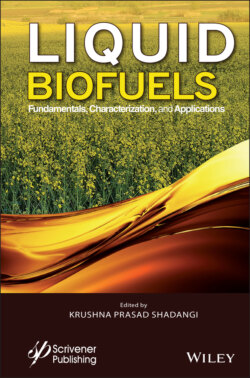Читать книгу Liquid Biofuels - Группа авторов - Страница 18
1.3 Types and Category of the Biomass
ОглавлениеBiomass is defined as any mass or residue of any natural or organic (decaying) substance obtained from existing plants or animals, of which biological origin is non-fossil and renewable. Biomass is the common name given to all organic materials including land and water-growing plants, forest and agricultural plants, animal waste, herbaceous and woody energy plants, organic wastes of cities, and industries and municipalities, which can be renewed in less than 100 years [28]. Biomasses which are carbohydrate compounds are transformed into solid, liquid and gaseous bioenergy. Bioenergy is passed through various physical, chemical and biological methods. It has commercial properties whose basic and specific properties are standardized [29].
There are four basic biomass resources: marine residue, forestry residue and crops, animal manure and industrial waste. Marine biomass – sea weeds, algae, reed plants and some microorganisms found in the seas and lakes – have high moisture content and growth rate, while forestry residues and crops are wood industry residues and wood residues consisting of woody and herbaceous plants [30, 31].
Biomass sources can be also classified as classic and modern. Classical biomass sources consist of wood obtained from forests, plant and animal residues (stalk, straw, straw, etc.) used as fuel. Modern biomass resources include energy forestry, wood and forest industry wastes, animal wastes and urban wastes. Modern biomass resources can be considered as biomass from plant, animal and industry. The raw use of classical biomass resources without any transformation creates adverse effects on the biomass energy potential and the environment. Modern biomass sources have an important biomass energy potential and with the development of these sources, it is estimated that more traditional biomass resources can be used [29, 31].
